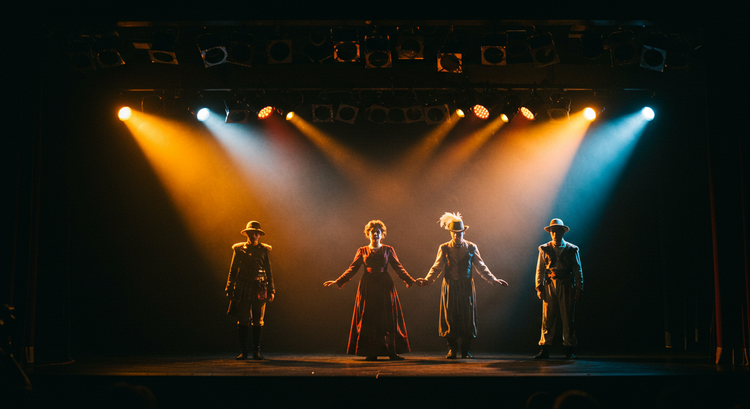How Light Influences the Perception of Costumes and Scenery
Light in theater is not only a means of visibility, but also a tool that shapes the artistic image. Costumes and scenery, created by the set designer and costume designer, acquire their final appearance only in light, and it is the lighting that determines how the audience will see them.
Costumes as “Moving Scenery”
The costume designer works within the same system of principles as the set designer and lighting designer, but on a smaller scale. Costumes do not exist on their own, but form a unified composition that reflects both the mise-en-scène and the development of the action. Therefore, they are considered “moving scenery” that dictate changes in the structure of the lighting score.
Light influences the perception of a costume through four main aspects:
- color
- brightness
- texture
- volume (sculptural quality)

